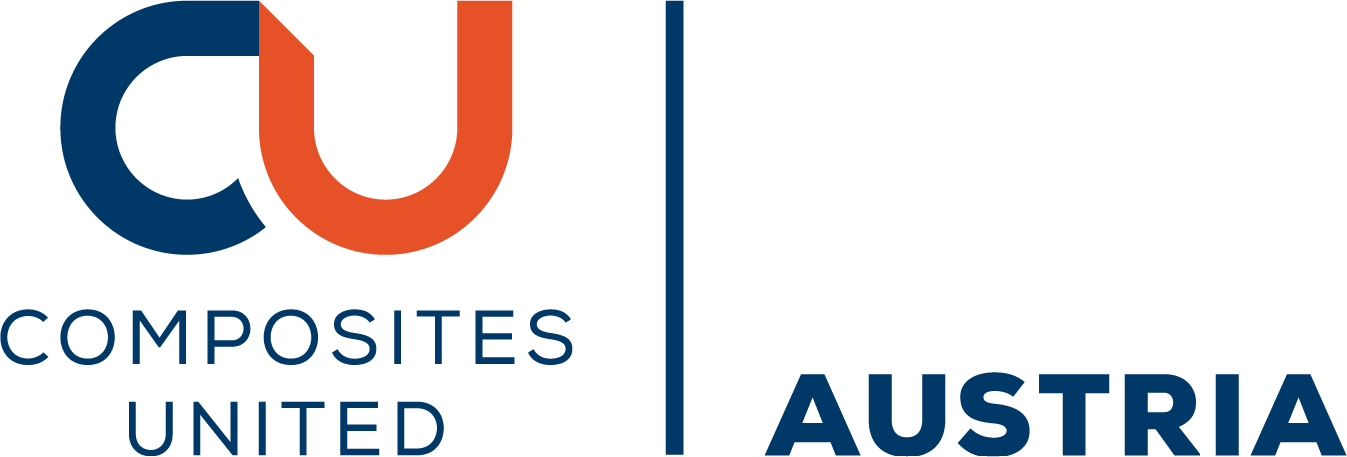
A Mori-Tanaka Homogenization-based Model for Mechanical and Oxidation-induced Damage in SiC/BN/SiC CMCs
Please login to view abstract download link
Ceramic matrix composites (CMCs) are seeing increased attention for aerospace applications as their introduction into jet engines provides the opportunity for significant weight savings, reduced pollutants and increased thrust. CMCs have better thermal properties than metallic alloys and better mechanical properties than monolithic ceramics, making them good candidates for hot and high-pressure regions of jet engines. The recent advancements in the manufacturing process must also be accompanied by reliable predictive modelling of material behaviour under various conditions. In engineering material development, prototype development and numerical modelling are used to achieve the desired material behaviour. However, given the complex, costly, and time-consuming manufacturing process, a numerical modelling approach is desired to aid the early design phase of CMCs. The model needs to account for changes in microstructure and constituent volume fraction and properties, be accurate, and have a low computational cost. We propose a Mori-Tanaka homogenization-based damage model for SiC/BN/SiC CMCs at the macroscale in which each microstructure constituent (i.e., fibre, matrix, interphase) is assigned a different definition of material behaviour. Continuum Damage Mechanics (CDM) models are assigned to the matrix and fibre phases to define damage onset and evolution. The matrix phase’s post-damage onset behaviour depends on the loading direction with respect to the fibre direction. This enables the model to capture both on- and off-axis behaviour. The homogenized behaviour is computed using a three-phase Mori-Tanaka model [1], which uses a second-order homogenization scheme. Size effects for the final failure of composite material are implemented via post-processing. The mechanical damage model is validated against experimental data. SiC/BN/SiC ceramic matrix composites are now replacing Ni-base superalloys in the hot section of commercial jet engines, allowing for higher operating temperatures and increasing engine efficiencies. However, this results in CMCs being exposed to an oxidizing environment. As an extension to the model, an uncoupled framework is utilised for combined damage-oxidation modelling. The oxidation model is combined with the damage model VUMAT to calculate the extent of oxidation and its effect on material stiffness. The combined framework is validated against experimental data for stress-relaxation tests in an oxidizing environment.






